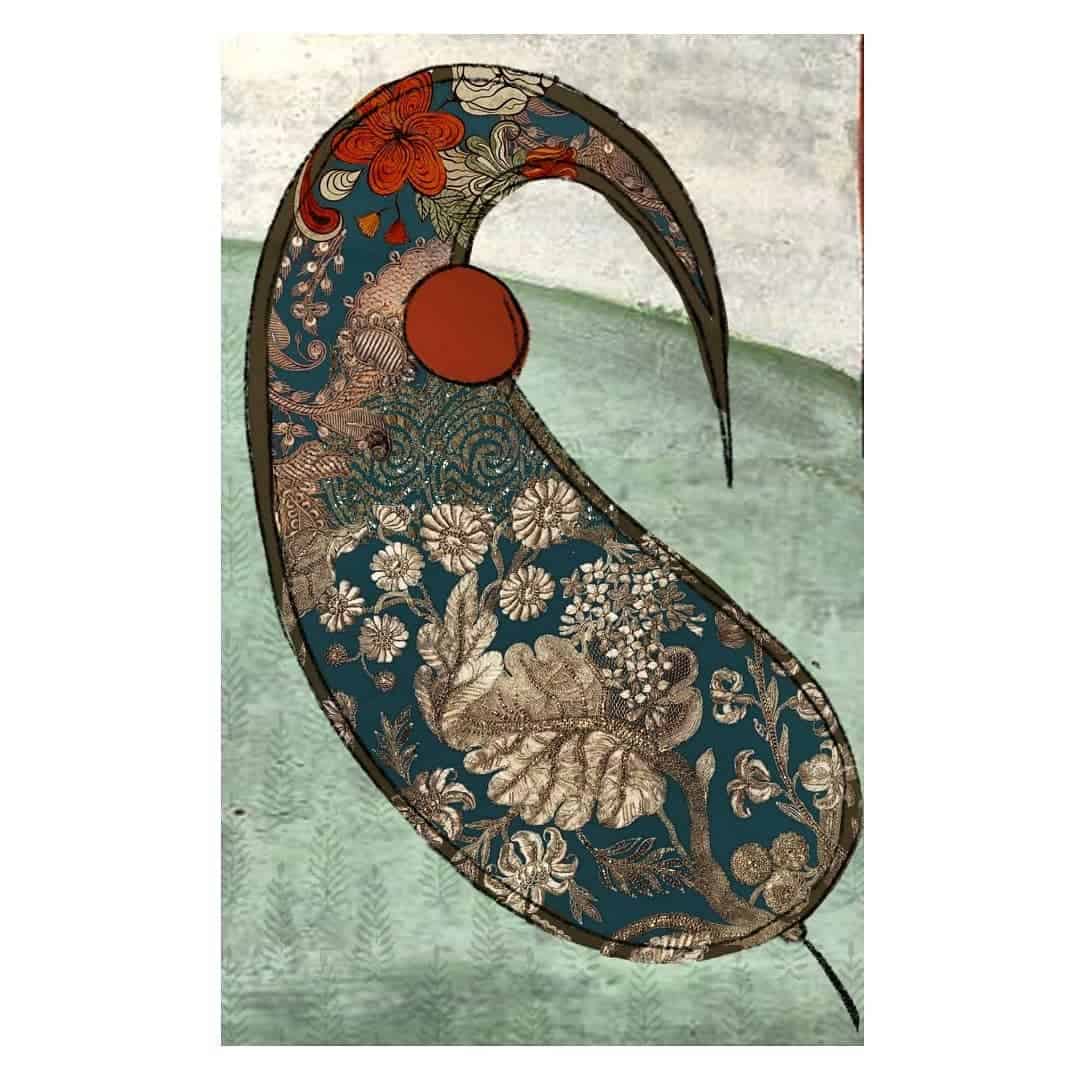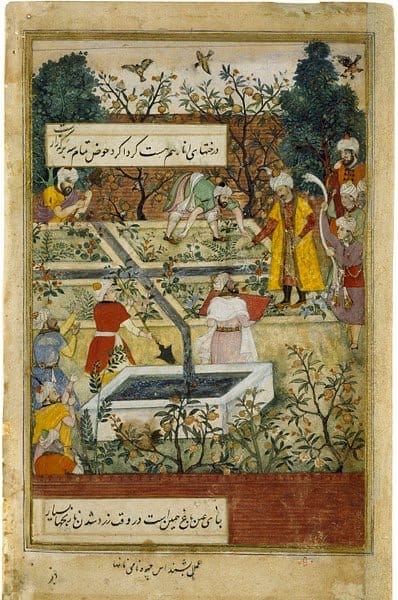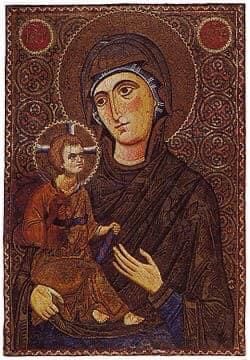In earlier blogs, we have discussed the Paisley and the Cypress, arguably two of the most important. Today, let us look at a few more, perhaps less known but equally historical. (more…)
Cypress Motif: When studying the history of motifs in the arts and crafts, we often read about the Paisley. But there is another motif, more mysterious, more philosophical, one that represents death and eternal life. And that is the Cypress. Many say that the Paisley was born of the cypress when a stray songbird sat on its very tip, bending it slightly. But let’s go back to the beginning.
Punk : The idea of perfection and details in designs are an intrinsic part of cultural crafts. This refined look of crafts has always fascinated me until the current prolonged situation with the pandemic made me realize why isn’t design in crafts used for ‘activism’ or ‘rebellion’ or a cry for help for the change of current systems. I was inspired to think more in this direction after I recently revisited the Met’s spring 2013 Costume Institute exhibition, PUNK: Chaos to Couture, which examined Punk’s impact on high fashion from the movement’s birth in the early 1970s. In this article, let us learn more about this exhibition and PUNK! (more…)
Indian Floral : For centuries, plants and flowers have inspired Indian artists of different genres. The lotus flowers and floral meanders depicted in the Buddhist sites dating back to the 3rd century, the depiction of Hindu God Vishnu on a throne of a lotus flower, and the famous paintings of Ajanta and Ellora caves from the 5th century are the most excellent and oldest examples depicting florals in Indian Art. However, florals did not become the design language for Indian textiles for a long time, not until the beginning of the Sultanate Period in the twelfth century when Islamic culture started influencing Indian art & design.
Jim Thompson: Hours to kill at an airport when you’re waiting for a flight is usually a time filled with tedium. But not when you’re at Bangkok airport. Reason? Several Jim Thompson boutiques are scattered over the shopping concourse, leading to hours of pleasurable browsing and shopping.

 Jim Thompson was not born a designer. He studied architecture at Princeton and eventually enlisted in the Delaware National Guard in 1940, leading to a posting in Thailand with the ending of World War 2. While he was in Thailand, he was very taken with the country’s lifestyle and culture and chose to settle there.
Jim Thompson was not born a designer. He studied architecture at Princeton and eventually enlisted in the Delaware National Guard in 1940, leading to a posting in Thailand with the ending of World War 2. While he was in Thailand, he was very taken with the country’s lifestyle and culture and chose to settle there.There is something about the miniature, but perfect and complete that gets me every time. And I know I’m not the only one. Is it an adult fascination with dollhouses? Or the desire to control a tiny universe? I don’t know. But Micromosaics have always fascinated me.
MUGHAL & DUTCH: A CULTURAL BRIDGING OF 2 GREAT ARTISTIC TRADITIONS
THE MUGHAL EMPERORS LOVE FOR BEAUTIFUL FLOWERS AND FLORAL DESIGNS
Mosaics have been around from the third century BC, particularly in Ancient Rome, composed of glass and terracotta. However, they came into their own in the Byzantine era, where they adorned the churches. This tradition was continued during the Renaissance, as in the ceiling of St Peter’s Basilica by Michaelangelo.

Paisley is a genuinely global motif that survived many years, passing through various cultures, evolving into many shapes, names, and colors. The credit for this goes to the endless love of this motif from the tastemakers worldwide. This article traces the origin, movement, evolution, and beauty of this antique motif, which is still a design identity of fashion and home companies from ‘Etro’ in Italy to ‘Kashmir Loom’ in India.

Bābur supervising the laying out of his Charbagh The Garden of Fidelity. Opaque watercolor and gold on paper
India – ca.1590
Artists: Bishndas and Nanha From the V&A
Mughal Floral Designs – South Asian art has always been full of floral images, but this reached its zenith in the Mughal empire. During the 330 years that the dynasty ruled, most magnificent art, architecture, and craft that the world has seen were produced, and much imagery used was from flora, particularly in the reigns of Jahāngīr and Shah Jahan. However, Bābur, Humayun, and Akbar are all recorded as profoundly interested in gardens and flowers. One of Babur’s first actions in India was to make a garden, the Charbagh.
The popularity of floral motifs in Mughal art was because traditionally, living creatures and humans were not supposed to be depicted in Islamic art. Therefore, the plant kingdom provided subjects that were non-controversial and capable of stylization.


